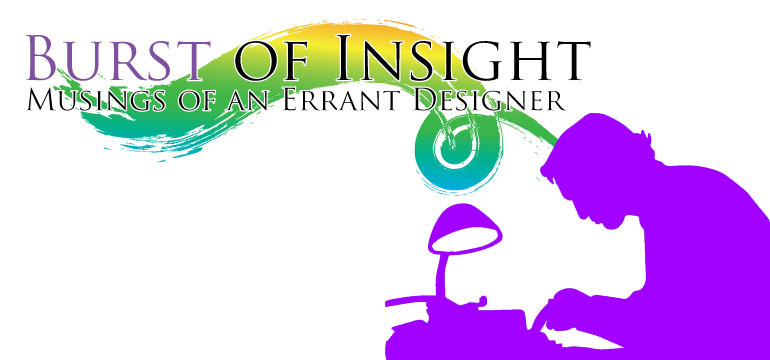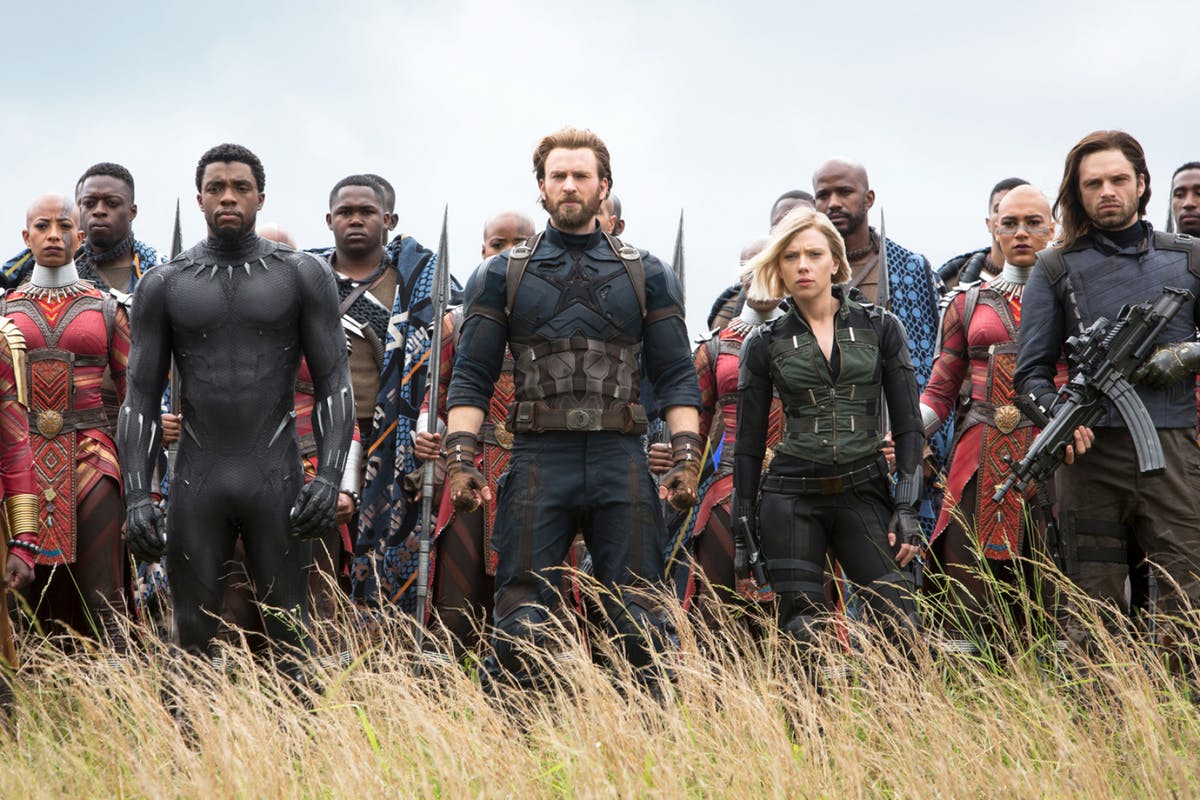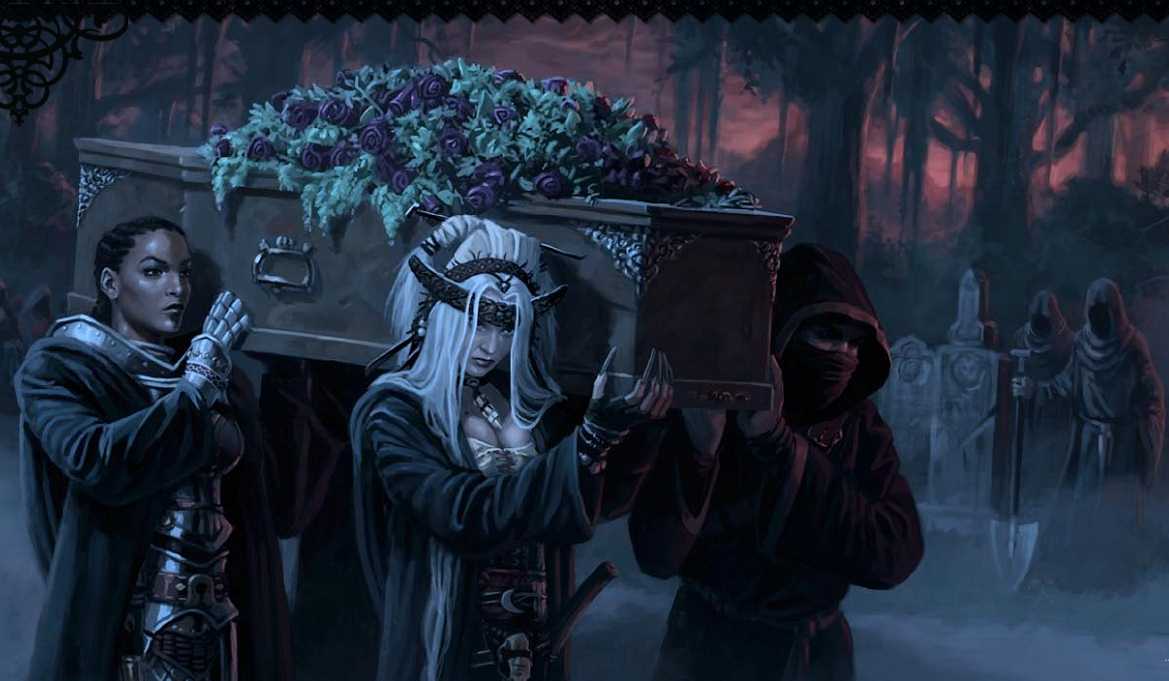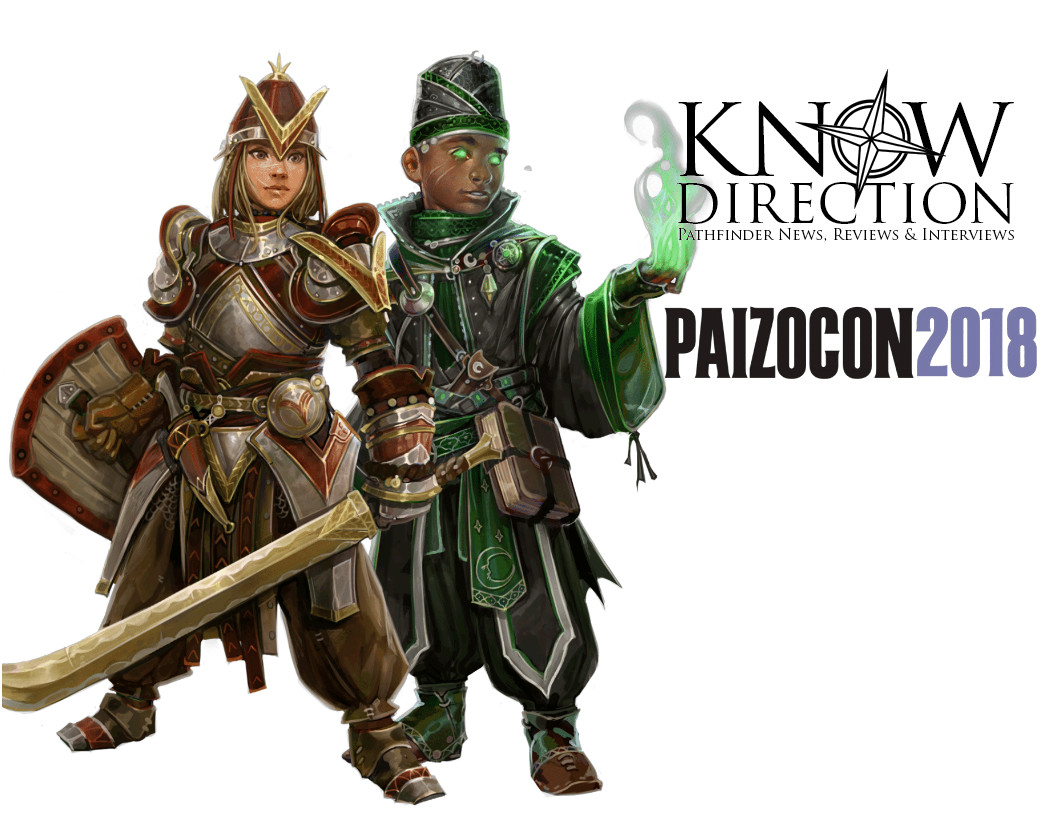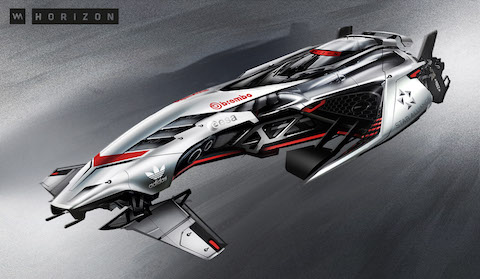Two weeks ago I began talking about using blockbuster style cameos and crossovers in your campaign. In the MCU, Marvel studios began by using cameos that hinted to future interconnectivity. A few characters, like Nick Fury and Agent Coulson, appeared in different films before Avenger’s brought everything together for the first time. Some events would send minor ripples into other films of the franchise. In the case of Iron Man 2, we see Coulson suddenly leave Tony to investigate a 0-8-4 (object of unknown origin). It isn’t until the stinger at the end of the film we learn it’s Thor’s Hammer and it wasn’t until Thor released did we understand how Mjölnir ended up in the desert. All of those connections built audience excitement and got them ready for the big team up, you can use cameos in to set the stage but if you’re looking to successfully pull off a major crossover you’ll need a plan. This week we’ll talk about how to plan an event style crossover and how you might structure a series of smaller campaigns to come together in an Avenger’s style climax.
Adventure Path Crossovers
Now, if run a lot of adventure paths you can begin with cameos and the ripples of one campaigns events entering another campaign. This works even if you aren’t the GM of every campaign your group plays in. Coordinate with the other GM if neither of you has been focused on dating your campaigns to the release schedule you can very easily incorporate major events from one campaign into another especially if they happen to occur close to one another. It could be a lot of fun to have three GMs running in rotation each running a different Cheliax based AP (Council of Thieves, Hell’s Rebels, and Hell’s Vengeance). The GMs could even get together and coordinate a few traveling NPC such as peddlers, bandits, or Hellknights who pop up from time to time in each campaign. This collaboration can also allow for interesting player character crossover. Maybe the uprisings in Cheliax have split a family, and Monica and Ryan choose to play estranged siblings one a hero in Hell’s Rebels the other a crown loyalist in Hell’s Vengeance. As a GM in one of these games, you’ll need to decide how much continuity you want between games and then come to an agreement with the other GMs. If everyone is on board with full crossover continuity potential you can then start thinking about crossover adventures.
These crossover stories may be easiest to place between books depending on the Adventure Paths and shouldn’t include every PC from every campaign. Assuming the example above, it could be interesting to set a standalone adventure in Westcrown that brings the estranged siblings together perhaps at the request of an old childhood friend who happens to be a regular contact of one or more of the Council of Thieves PCs but on arrival they all discover the friend/contact has been murdered, making this a family drama/mystery story. Maybe this ties into Council of Thieves main plot if you’re that GM, maybe one of the other GMs has a secret they’d like you to try and work in, or perhaps it stands wholly on its own.
No matter how it all connects, you’ll want to coordinate not only with the other GMs but the players so everyone knows what this side story is going to be about and what characters most belong as the main protagonists. You might allow some of your players to play an additional PC but be mindful of how this will affect the game. You’ll also need to set some ground rules, while many comic book (and thus comic book movie) crossovers feature hero v. hero setups it is probably for the best if you limit or outright disallow PvP no matter how tempting. This is particularly true if you’re using a setup like the Cheliax example where you may have wildly divergent moral codes.
Another good time to insert a crossover is at the conclusion of all the campaigns. So one party has saved the world from the threat of the Storm Tyrant and his army of giants while another has bested Karzoug and a third has carved out a Kingdom in the Stolen Lands. And the question hangs over the table of what’s next? Maybe even if you haven’t laid any prior groundwork you decide to run a high-level mini-campaign that mixes characters from all of these campaigns. The fact that each was set in Golarion should be enough to satisfy most players. When planning this epic mini-campaign go back and review the adventure paths your players will be pulling character’s from especially the material at the end of the final volume that talks about further adventures. If you can find a theme or villain that interests you and ties into more than one of the previous campaigns that might make the crossover feel more organic and natural.
Heroes with Helpers
You can also plan a crossover campaign where you run related but different adventures for the same group of players with multiple PCs or multiple groups of players each with their own set of PCs. If you look at how the MCU has handled all of its superheroes (excepting Guardians of the Galaxy) to date each branch of the franchise has started with one titular hero and a support team of relatively normal individuals working together to defeat the movie’s big bad. Admittedly, some of these relatively normal characters are or become heroes in their own right but the point is this is a pattern you can model. If you set up and plan with your group who the main party will be when the crossover happens then build groups around each one or two of those characters depending on the number of players you have and the number of story arcs you want to begin with). You can even give special bonuses to the “titular” or “spotlight” heroes in the party such as if you use point-buy, allowing those characters to begin with high fantasy (20) point-buy and limiting the other characters to low (15) point buy or even one of the NPC arrays. Every player should make a hero and a support character for each of the other games.
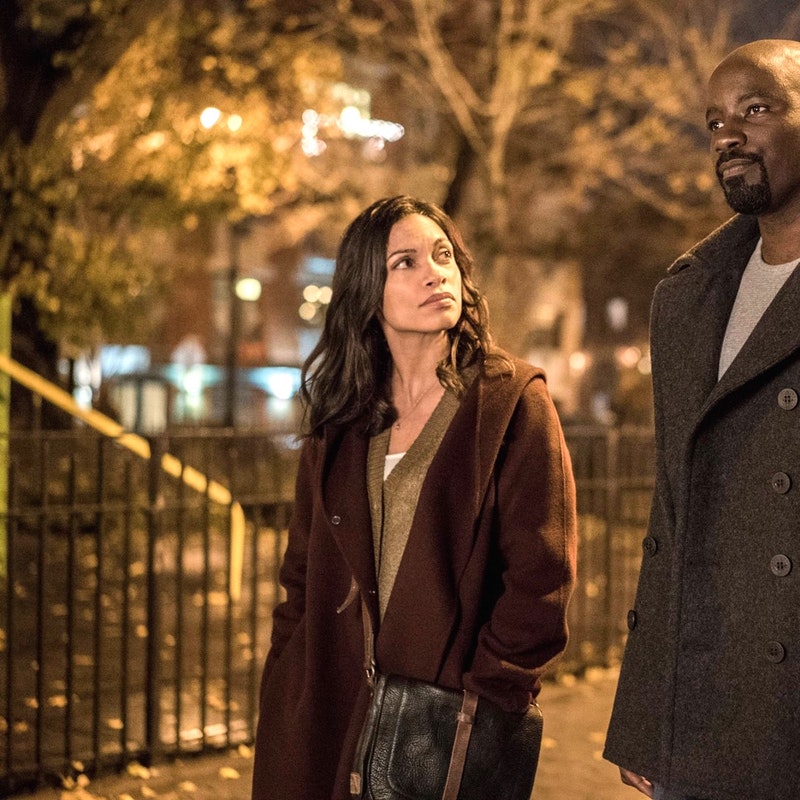
Support characters, like Marvel’s Claire Temple (Rosario Dawson), still need to be center stage from time to time and given interesting stories.
Once you’re finished you might have for the Crossover game a Cavalier, a Wizard, an Oracle, and an Investigator for your party. If you decided only to run two games each party will have two spotlight characters and two support PCs. The Cavalier may be surrounded by her Oracle brother, her squire (a fighter) and a pick-pocket (rogue) she saved from the gallows in return for a year’s honorable service. While the Wizard and Investigator were comrades in arms for the last five years working in the King’s Watch solving crimes on the mean streets of the capital. They are accompanied by a rookie guardsman (a fighter) and a confidant from the church of Pharasma (cleric). When the crossover story happens most of the action will be handled by the spotlight characters although some tasks might still fall to the support characters and could be roleplayed as well.
Years ago I played in an Ars Magica troupe. We each took turns playing our wizards, playing the other wizards hirelings, and running adventures. It was a short-lived campaign and I remember little of the experience except that I actually had as much or more fun playing my servant character than my wizard. The guys who GMed that game were very good at making sure even the peon PCs were spotlighted and had narratively interesting things to do. It’s important if you run a mini-campaign with a titular or spotlight character that you don’t ignore the other characters at the table. For reference, the Netflix Marvel shows do a good job of giving the support team meaningful and interesting story arcs in a way that sometimes the movies miss. Which makes the TV series a better model for this sort of campaign even though Cap and Iron Man have support teams.
One Final Crossover
These were just a few ways you could run crossovers as an integral part of your campaign there are certainly many other options but I want to leave you with one more that can be a lot of fun and a little unexpected. Have all the players create level 1 versions of favorite characters who died in previous campaigns. Agents of Pharasma have pulled each from their respective afterlives and reincarnated them on the material plane. The characters may be the same race or a different race but they each wear an unfamiliar face but they are whole and back on the prime material plane and they have been given a job to do…This campaign idea will give you ample opportunities to call back to old NPCs, unfinished business with the past, and a mission to accomplish in the present even if they don’t know why the Lady of Graves selected them for it.